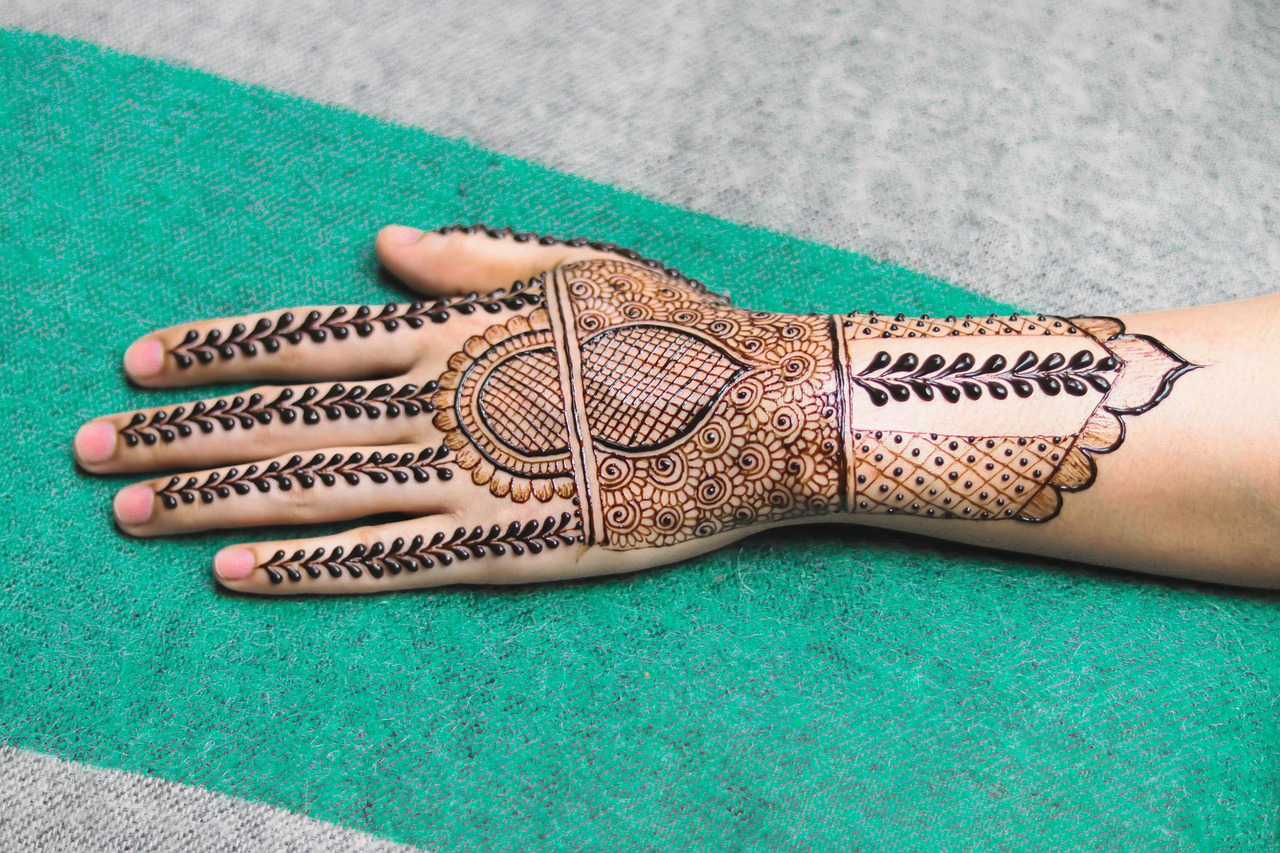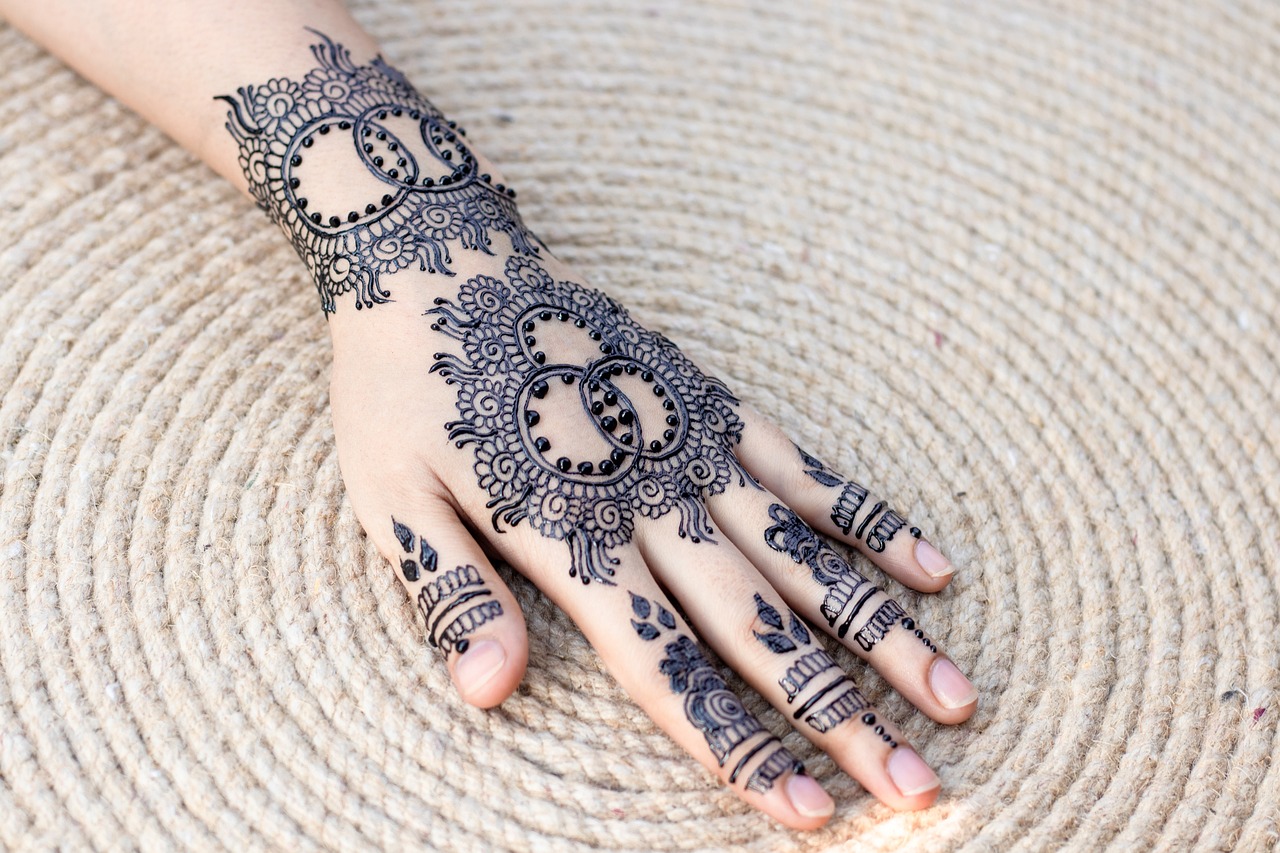Pakistani Mehndi Design: A Timeless Art of Elegance and Tradition
Pakistani mehndi design is an intricate, cultural art form that showcases beauty and tradition. From extravagant bridal patterns to minimal designs for casual occasions, these henna patterns have a unique flair that distinguishes them from other styles. In this blog, we will delve into the core aspects of Pakistani mehndi design, its cultural significance, and tips to make the most of these stunning designs.
Key Aspect of Pakistani Mehndi Design

Pakistani mehndi designs are renowned for their bold and detailed patterns that often blend Arabic, Mughal, and Indian influences. This style of mehndi is known for its extensive use of intricate motifs, including floral patterns, paisleys, mandalas, and geometric elements. Itâs a preferred choice for weddings, Eid celebrations, and other festive occasions, as it reflects the rich heritage of Pakistan.
What makes Pakistani mehndi design unique?
The defining characteristic of Pakistani mehndi designs lies in their balance between complexity and elegance. They often incorporate empty spaces and symmetry to highlight details, giving these patterns a distinct charm. Additionally, they frequently feature cultural symbols such as domes and mosques, representing the spiritual connection behind the art form.
Did you know?
According to a study on henna practices published by the International Journal of Cultural Studies, Islamic art heavily influences Pakistani mehndi designs, particularly in terms of symmetry and geometric precision. Learn more about henna traditions in this report.
Another Key Insight: Popular Styles and Trends
Pakistani mehndi design is evolving with modern times while staying true to its roots. Today’s trends incorporate contemporary aesthetics, such as incorporating glitter, rhinestones, or colored mehndi to add a contemporary touch to classic patterns.
What are the different types of Pakistani mehndi designs?
- Bridal-style mehndi: Encompasses bold patterns that cover the full hands and feet with elaborate detailing, perfect for weddings.
- Eid mehndi: Features minimal yet intricate patterns, usually applied to the palms and fingers.
- Modern fusion designs: Combines traditional motifs with modern twists, such as mandala patterns integrated with Arabic designs.
Example of fusion mehndi design
Popular Instagram handles like Mehndi by Hayat showcase stunning examples of how modern elements, such as metallic shades, are being paired with traditional motifs.
Additional Useful Insight: Tips to Achieve Stunning Pakistani Mehndi Designs
Perfecting a Pakistani mehndi design requires patience, skill, and the right techniques. Whether you’re a professional artist or applying mehndi at home, following certain tips can elevate your results.
How can you make your mehndi darker and longer-lasting?
- Wash your hands thoroughly and avoid using any oils, as this can hinder absorption.
- After application, allow the mehndi to dry naturally and avoid rubbing it off prematurely.
- Apply a mixture of lemon juice and sugar generously over the dried henna to lock in moisture and deepen the color.
- Wrap the dry mehndi with plastic film for a few hours to enhance its stain.
Expert Tip
Professional mehndi artists like Saeed Obaid suggest using high-quality organic henna cones for deeper stains without risking skin irritation. He emphasizes, “Homemade henna paste is always the safest and most effective solution for long-lasting results.”
